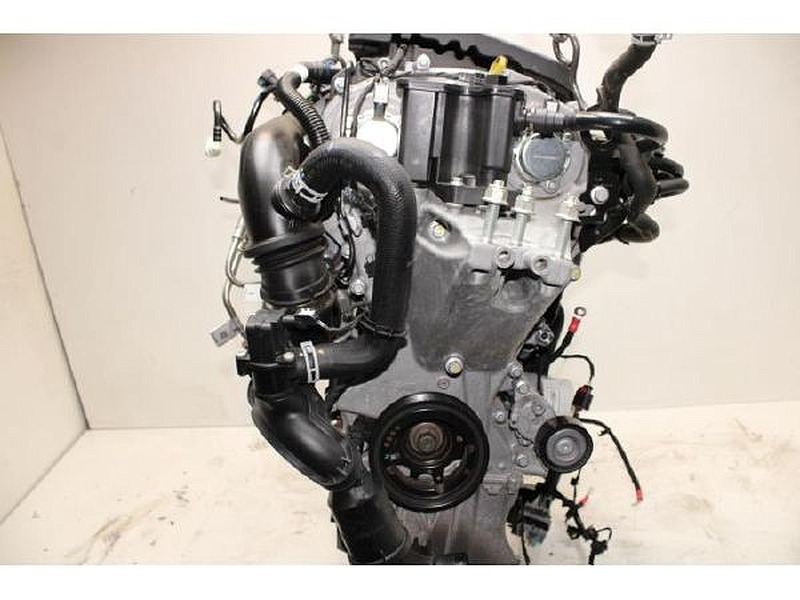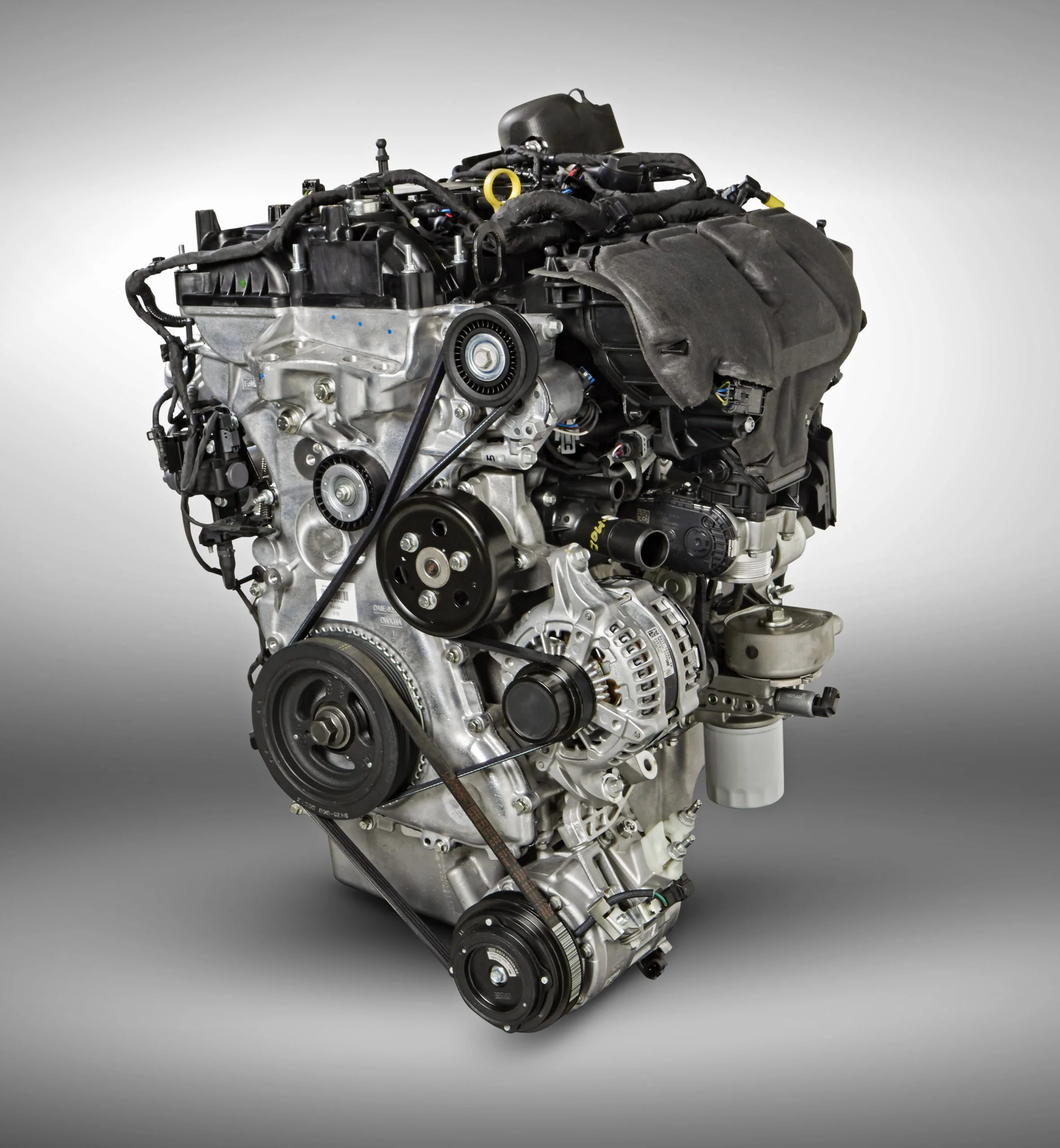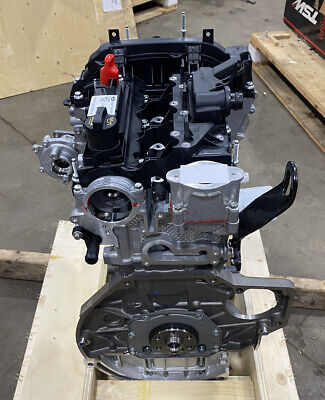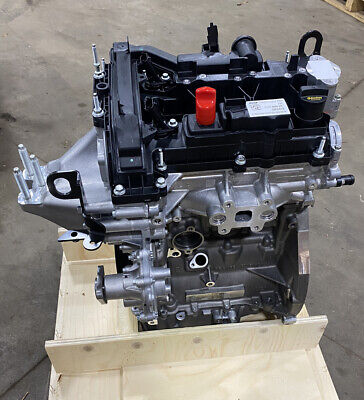Description
The Ford 1.0L EcoBoost Engine: A Revolution in Compact Power
In an automotive landscape increasingly dominated by eco-conscious consumers and stringent emission regulations, the Ford 1.0L EcoBoost engine stands out as a significant achievement in engineering. Introduced in 2012, this small but mighty engine has redefined compact performance, offering an ideal blend of efficiency, power, and advanced technology. Let’s dive into what makes the 1.0L EcoBoost an exemplary model for modern engines.
The Birth of EcoBoost
Ford’s EcoBoost technology is a strategic response to the demand for powerful yet fuel-efficient engines. The 1.0L EcoBoost was designed with these principles in mind, showcasing how smaller can indeed be better. By harnessing turbocharging, direct fuel injection, and variable cam timing, the engine maximizes horsepower while minimizing fuel consumption and emissions.
Specifications and Performance
The 1.0L EcoBoost engine is a three-cylinder powerhouse, capable of producing between 100 to 140 horsepower, depending on the application and tuning. It boasts an impressive torque output of up to 148 lb-ft, delivering a responsive driving experience in compact vehicles, such as the Ford Fiesta and Ford Focus.
The sophistication of its design lies in its lightweight construction, with components made from aluminum and composite materials. This not only reduces weight but also enhances performance by improving overall vehicle dynamics. The turbocharger allows for swift power delivery, resulting in a higher thermal efficiency and reduced lag, making it an exhilarating choice for urban driving.
Fuel Efficiency and Emissions
One of the most compelling features of the 1.0L EcoBoost engine is its outstanding fuel efficiency. Depending on the vehicle, it can achieve remarkable ratings of up to 50 miles per gallon (mpg) on the highway. This efficiency means fewer trips to the gas station, saving drivers money and reducing their carbon footprint.
In addition to fuel economy, emissions controls are integral to the EcoBoost design. With advanced engineering and innovative technology, the 1.0L EcoBoost engine produces lower levels of nitrogen oxides (NOx) and particulate matter compared to traditional gasoline engines. This makes it a more environmentally friendly option, satisfying the growing demand for cleaner transportation.
Awards and Recognition
The 1.0L EcoBoost engine’s impact did not go unnoticed. It was awarded the prestigious International Engine of the Year multiple times—an accolade recognizing the best engines in the world across a range of categories. Its combination of performance, fuel efficiency, and low emissions has made it a benchmark in the automotive industry, influencing other manufacturers to develop similar technologies.
Real-World Applications
The versatility of the 1.0L EcoBoost engine has allowed it to power various Ford models across global markets. Primarily featured in the Ford Fiesta and Focus, it has also seen use in other vehicles, proving its adaptability. Its compact size makes it ideal for smaller cars that require agility and efficiency without sacrificing performance.
Moreover, its impact extends beyond traditional passenger vehicles; it has also found a place in light commercial applications, showcasing its robustness and reliability.
The Future of EcoBoost Technology
As automakers pivot towards electrification, the Ford 1.0L EcoBoost engine represents a key transition point within the industry. While hybrid and electric technologies are rapidly developing, the EcoBoost technology serves as a bridge, allowing consumers to enjoy higher efficiency and performance without an immediate commitment to fully electric vehicles. Furthermore, Ford’s continued investment in research and development ensures that the EcoBoost lineage will evolve, potentially leading to even more advanced iterations of this celebrated engine.








